New GBSD nuclear missiles twenty times as powerful as Hiroshima bomb
The United States is set to build a new nuclear missile dubbed Ground Based Strategic Deterrent, GBSD, under a programme for modernizing its nuclear stockpile.
The $100 billion missile is expected to replace nuclear missiles which have been operational since the 1960s.
The new nuclear weapon under development will be able to travel nearly 10,000 kilometers, carrying a warhead over 20 times more powerful than the atomic bomb (Little Boy) dropped on Hiroshima, with the US Air Force reportedly planning to order 600 of them.
According to a US Congressional Budget Office report, over the next decade, Washington will spend some $500 billion on its nuclear forces, which will translate into 1.5 to 2 trillion dollars over the next 30 years.
But there's no clear reason as to why the US needs the hugely expensive modernization programme, except that it has a lot of support in Congress and the military industrial complex, always wants it.
And the US military machine is kind of a self propelling mechanism. It just keeps getting bigger and bigger and spending more money, and no one seems to know how to control it, even if they really want to control it.
Daniel Lazare, Author and Journalist
Washington began its nuclear weapons modernization programme under former US President Barack Obama, his successor, former President Donald Trump, who made every effort to reverse Obama's legacy, embraces the stance on nuclear weapons.
Trump doubled the number of America's low yield nuclear weapons. In February 2020 the Pentagon said a new low yield warhead was deployed on the USS Tennessee submarine patrolling in the Atlantic Ocean to deter "potential adversaries, like Russia".
The United States withdrew from the Cold War era Intermediate-Range Nuclear Forces Treaty, INF, in April 2019, accusing Russia of violating the deal, something that the Kremlin has denied.
The INF Treaty, penned with the Soviet Union in 1987, banned land based missiles with a range of between 500 to 5500 kilometers.
With the treaty out of the way, the US tested new missiles and made plans to renew its nuclear weapons tests. The US shares this unaccountability with its closest allies, including Saudi Arabia and Israel, whose nuclear programs have been repeatedly slammed as non transparent.
Israel, the sole possessor of nuclear weapons in the Middle East, has withheld any and all information about its nuclear weapons programme. It is estimated to posses some 100 nuclear warheads in its arsenal.
Turning a deaf ear to international calls for nuclear transparency, Tel Aviv has so far refused, with unrelenting US support, to join the Non Proliferation Treaty, NPT, which is aimed at preventing the spread of nuclear weapons.
In the meantime, Saudi Arabia, which is a member of the NPT, has so far declined requests from the International Atomic Energy Agency, IAEA, to inspect its nuclear sites.
Despite this, the IAEA chief, Rafael Grossi, said in September last year that he believed Riyadh is after a peaceful nuclear programme, but the approach toward other countries, including Iran, has been different.
The US withdrew from the 2015 nuclear deal with Iran, the Joint Comprehensive Plan of Action, JCPOA, despite several reports from the IAEA inspections which showed Iran had been in full compliance with international accords.
The whole bargain, that was the basis for the nuclear Non Proliferation Treaty, was that the existing nuclear powers would wind down their nuclear arsenals in return for other countries not creating nuclear weapons of their own.
And so the US has an ear to neither of those principles, both legs of that policy are being violated, constantly, and the US nuclear policy is in disarray, just as US foreign policy, in general, is in disarray.
Daniel Lazare, Author and Journalist
US President Joe Biden is yet to take measures that would show his administration is willing to put an end to the double standards threatening the security of not only the region, but the whole world.
VIDEO | 85% of Yemeni displaced people face daily hunger crisis
US House passes bill targeting charities and pro-Palestine groups
VIDEO | Supporting Gaza genocide
Hezbollah attacks Israeli forces after Lebanese homes blown up
World leaders, states hail ICC arrest warrants for Netanyahu, Gallant
MP: US accountable for possible Israeli 'foolishness' to attack Iraq
VIDEO | Israeli policies strangle Palestinian agriculture, economy
Iran's president offers condolences to Pakistan over terrorist attack


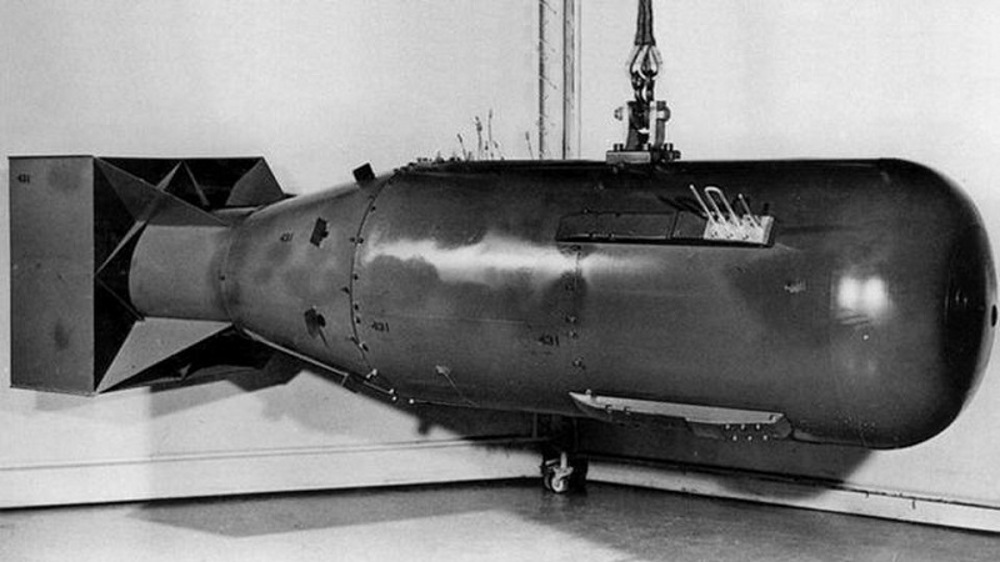

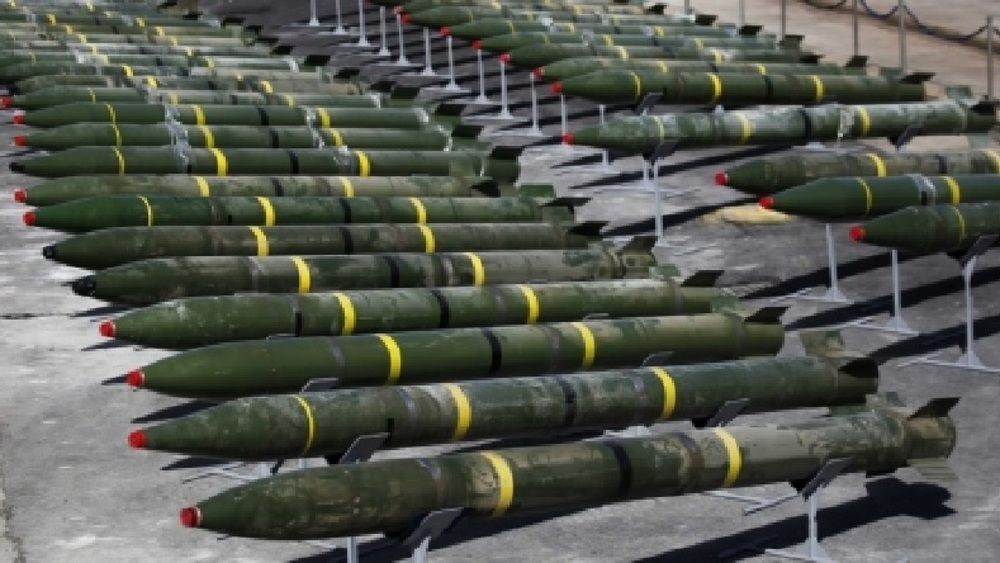
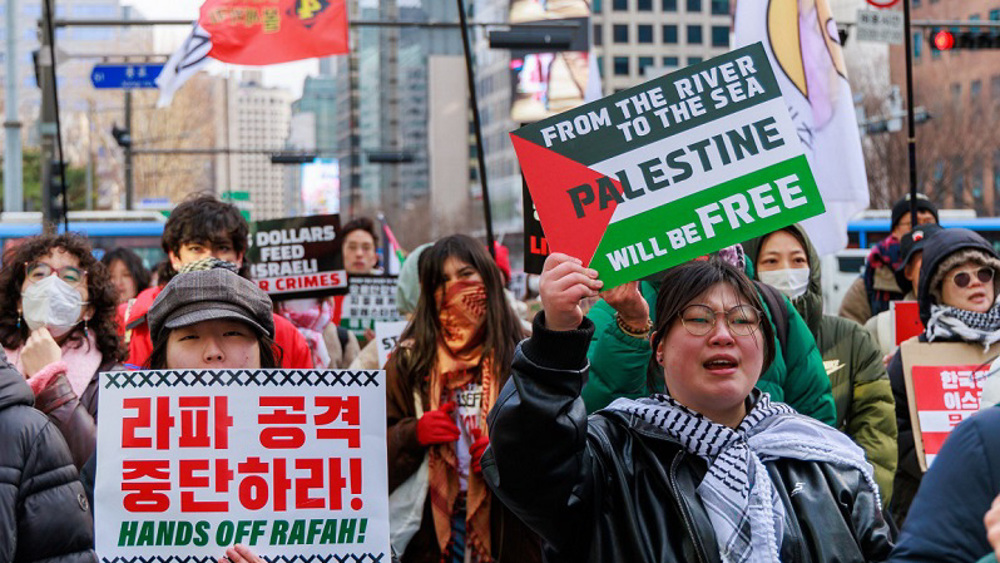



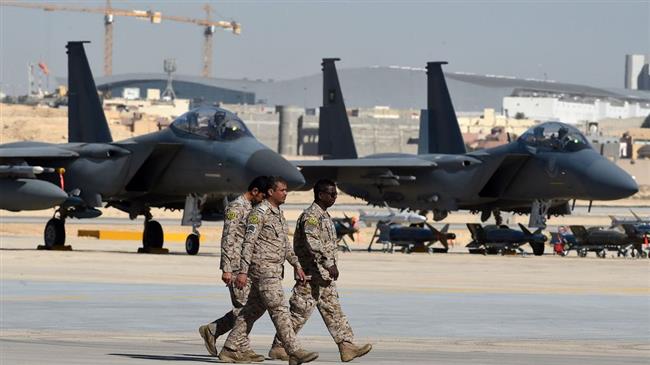


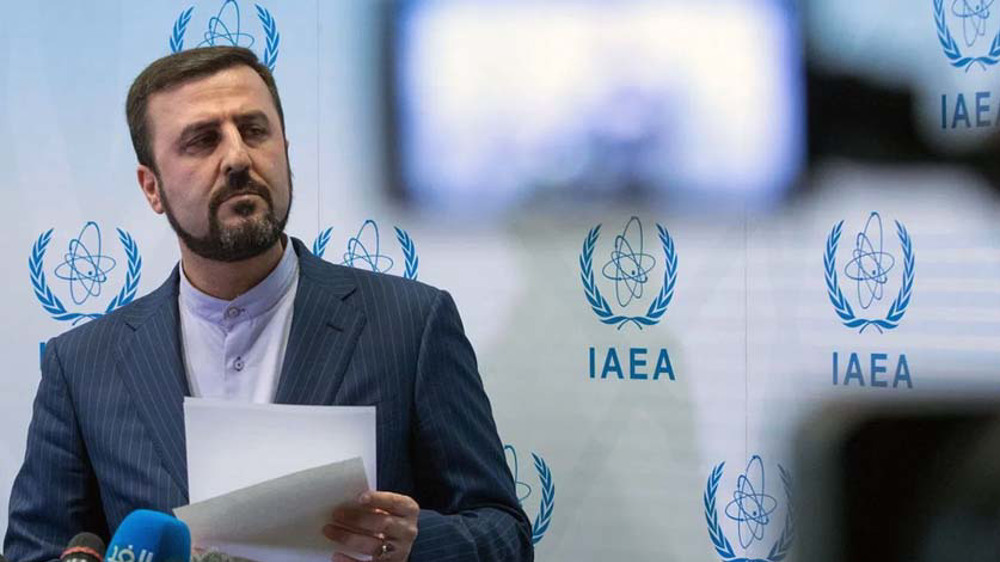
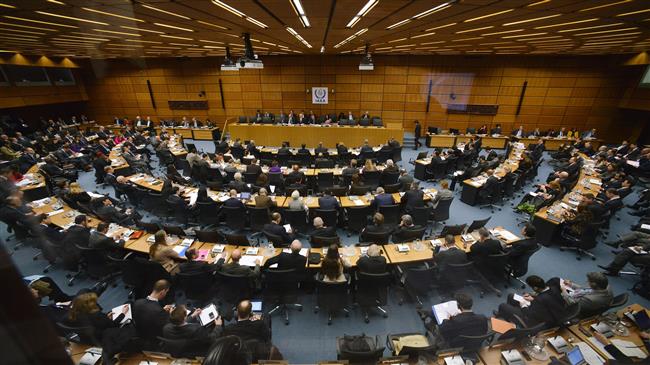
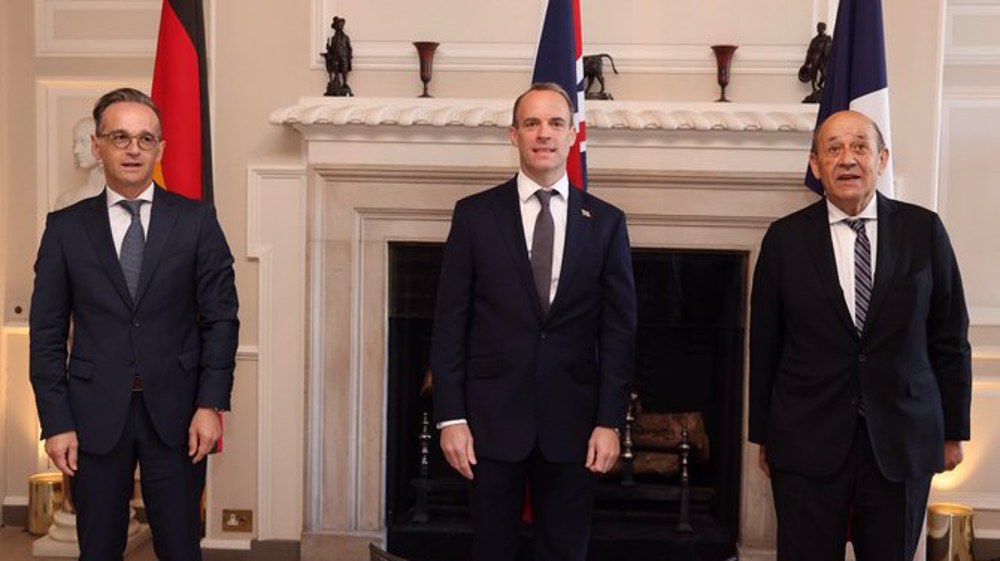
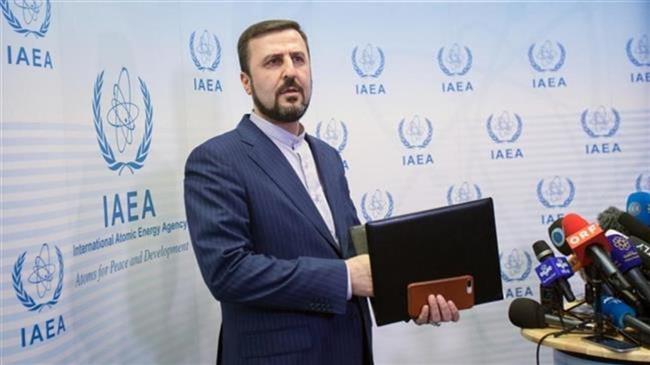

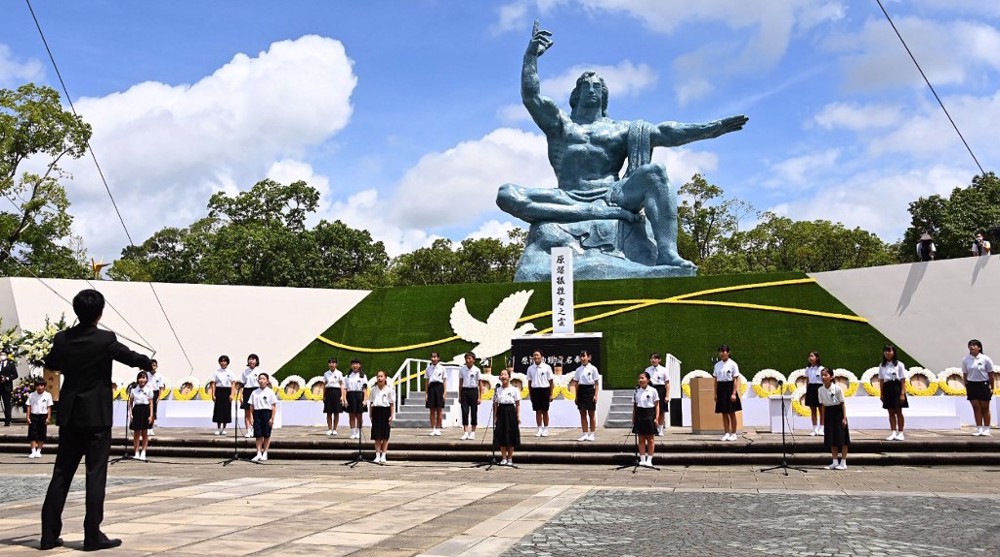


 This makes it easy to access the Press TV website
This makes it easy to access the Press TV website